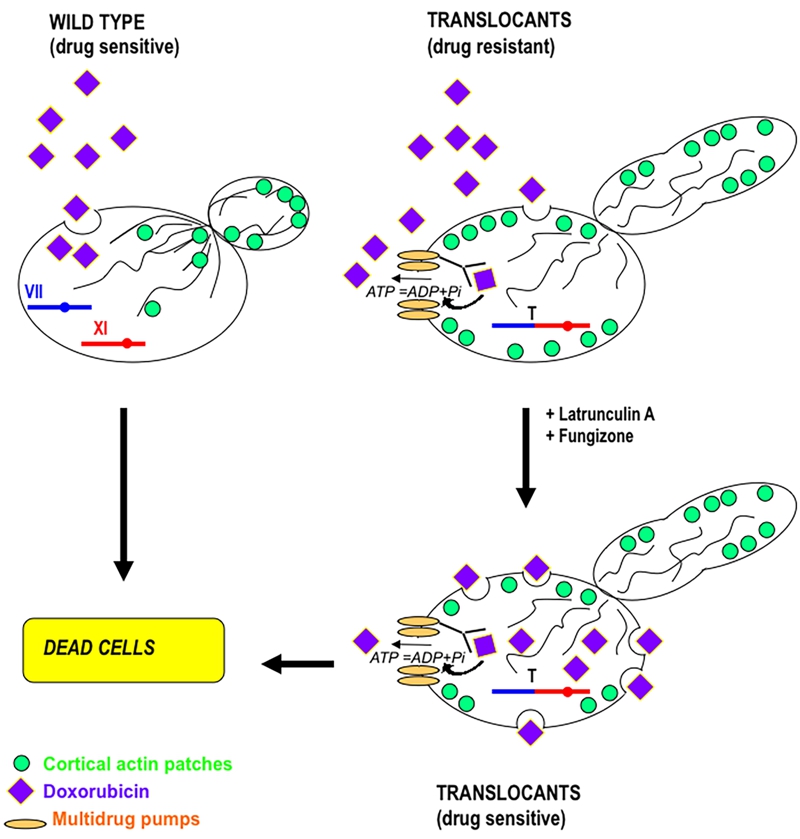FIGURE 4: A schematic representation of the molecular mechanism for drug-resistance in diploid yeast translocant strains over-expressing PRK1 and PDR genes.
The effect of doxorubicin on a wild type strain and on a translocant strain is compared. Doxorubicin can easy enter into a wild type yeast strain, killing it. On the contrary, due to the disaggregation of actin cortical patches and to over-expression of multidrug pumps, the translocants become resistant to doxorubicin. The addition of sub-lethal doses of fungizone and latrunculin A allows bypassing the drug resistance and makes yeast translocants even more sensitive to doxorubicin [62]. Here, a hypothetical translocation between chromosome VII and chromosome XI is represented. For illustration purposes, only one chromosome (the one involved in the translocation) of each pair is drawn.
62. Nikitin DV, Bruschi CV, Sims J, Breitenbach M, Rinnerthaler M, and Tosato V (2014). Chromosome translocation may lead to PRK1-dependent anticancer drug resistance in yeast via endocytiv actin network deregulation. Eur J Cell Biol 93(4): 145-156. http://dx.doi.org/10.1016/j.ejcb.2014.03.003

